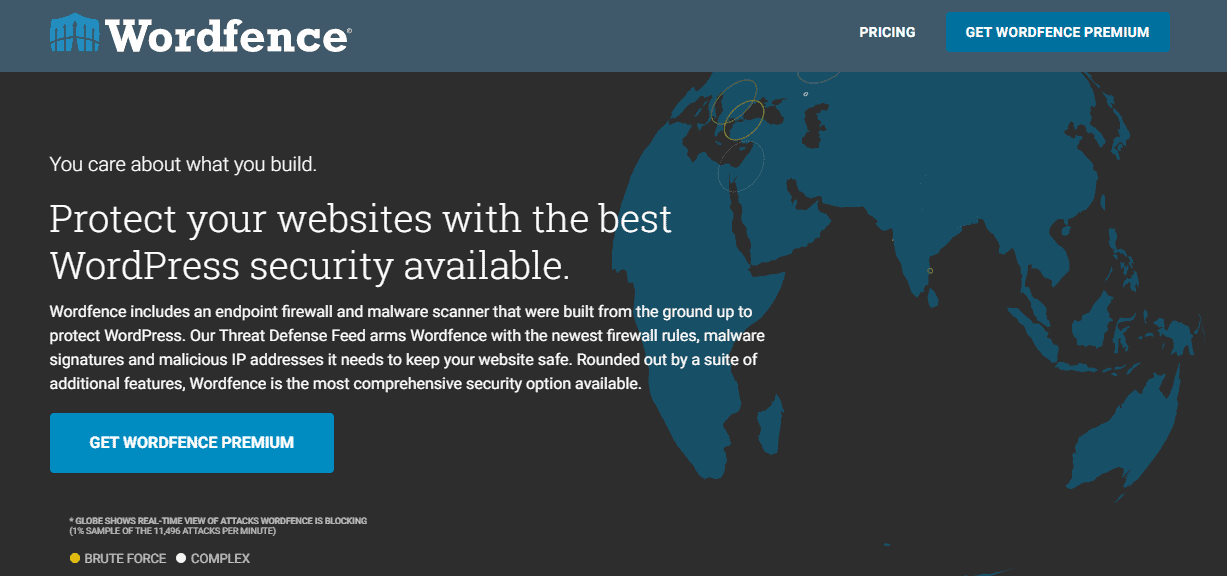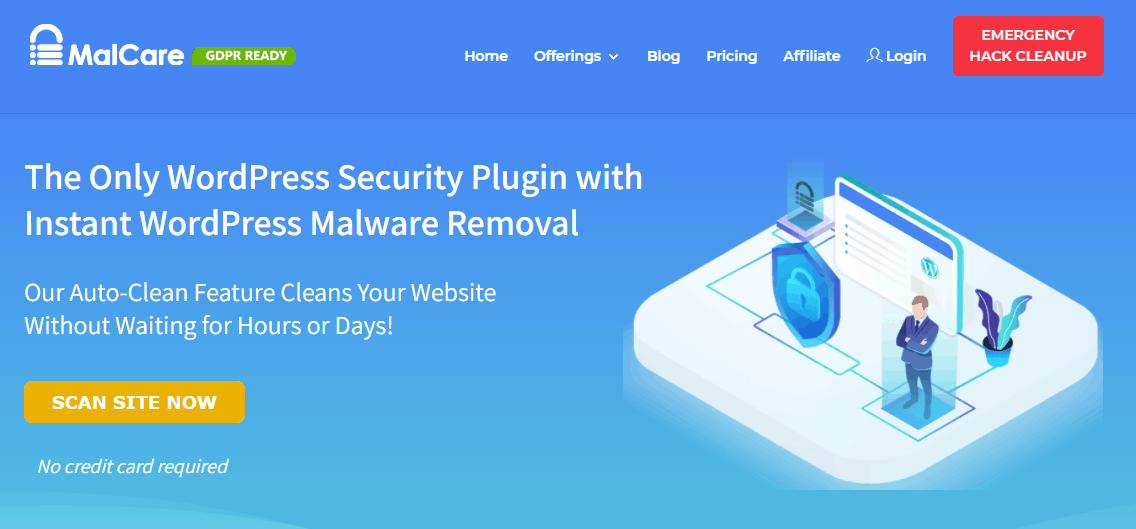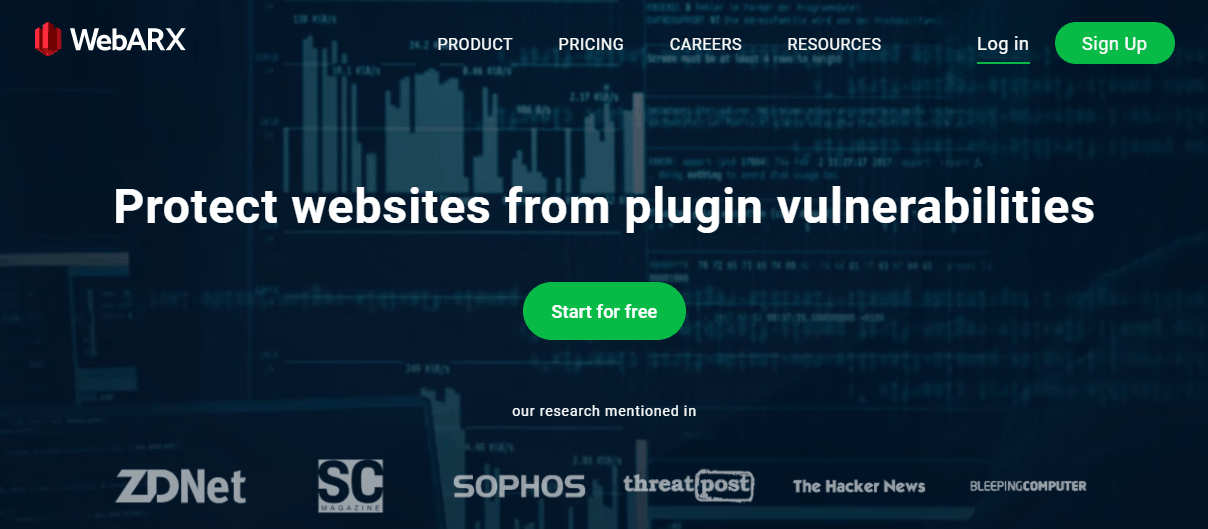A DDoS attack, also known as a distributed denial-of-service attack, is one of the most common but also most powerful cyber-attacks today. Pretty much every major attack you read about in the media is carried out this way, i.e. by putting so much pressure on a network or a server that they simply collapse and render the website or the service that was the target of the attack unavailable. This is done by increasing the amount of traffic a website receives exponentially, resulting in genuine traffic being unable to reach that website.
So, let’s take a closer look at this interesting phenomenon, scratch its surface a bit, and, finally, see how one can protect themselves from such an eventuality. Keep reading, we have a lot to tell you.
How does a DDoS attack work?
So, as we said, the main idea is to create so much traffic that the server can’t handle it and the website targeted becomes unavailable. But how exactly do the hackers achieve that?
Well, a crucial role in the whole process is played by bots which form a whole network; they are known as botnets. These can encompass thousands and thousands of computers that can be controlled by the hacker with a simple click and these computers are thus also known as “zombie computers”.
 The thing is, these computers can be your everyday laptop and desktop machines whose owners are completely oblivious to the fact that their machine is being used for a cyber-attack. At this very moment, somebody could be using your computer to execute a DDoS attack.
The thing is, these computers can be your everyday laptop and desktop machines whose owners are completely oblivious to the fact that their machine is being used for a cyber-attack. At this very moment, somebody could be using your computer to execute a DDoS attack.
Alternatively, botnets can be purchased on the dark web, sometimes for as little as a few hundred US dollars.
In any case, a bot will then be used by the hacker to connect to a server and issue an HTTP request, sometimes to download something from the server, sometimes to upload and store something on it. Regardless, you can imagine that when a sea of computers does this at the same time things will not go well for the party on the receiving end.
Application layer attacks, like HTTP floods or Slowloris attacks, directly target the application layer of your website, overwhelming it with malicious traffic and causing service disruptions. Preventing these application layer attacks is a crucial aspect of securing your site, and it involves implementing measures like Web Application Firewalls (WAFs) and traffic filtering to filter out malicious traffic and maintain an uninterrupted website functionality.
What are the signs of a DDoS attack?
So, how can you recognize a DDoS attack? Well, the symptoms are in many cases hard to distinguish from much more benign issues: you can experience problems connecting to the internet, be unable to access certain files or access them at a much slower rate, start receiving a lot of spam, etc.
Things like these usually do not sound the alarm immediately, but if two of them start to appear together on a regular basis, you may want to look for expert advice to help you resolve the issue and remove the danger.
But probably the best protection you can possibly have is prevention, and there are some very handy WordPress plugins that address just this issue.
Best WordPress security plugins for preventing a DDoS attack

If you’ve read everything so far and have a WP site to run, you are now probably asking yourself if there’s a plugin of some kind that can help you stop these kinds of attacks even before they begin. As it turns out, there are quite a few excellent security plugins you can get your hands on, many of which also act as firewalls for your website that reject all potentially harmful requests your website receives.
These include the likes of:
Sucuri

Sucuri provides its clients with an all-encompassing protection package that not only removes malware but also makes sure no problems arise in the future, once all issues have been resolved. It will act as your firewall too, and thanks to a two-pronged security system, it can detect and prevent attacks and preserve your traffic that way.
Moreover, it can also significantly boost your website’s speed, something that can be beneficial to its performance in a variety of ways.
With three pre-made packages and the option to tailor something that fits your needs perfectly, this is a pretty sweet website protection service. With that in mind, the fact that the prices start from just 199.99$ per year makes the whole thing even more irresistible.
Cloudflare

Cloudflare is another excellent security product positioned at the very top of the ladder. As a matter of fact, fighting DDoS attacks is one of their primary goals. To that end, they have created a vast network of servers covering 100 different countries and trained an exceptionally capable team ready to prevent any and all attempts of compromising a website’s security.
It takes Cloudflare only 3 seconds on average to deal with a DDoS attack, which is incredibly impressive. In addition to that, this company also specializes in dealing with all kinds of malicious bots, from the ones aimed at content scraping to those designed to affect your ability to process payments. In any case, if you want to feel safe, Cloudflare is certainly the answer.
Wordfence

Wordfence is also a great choice for protecting your website. Over 3 million websites are using it at the moment, which certainly says a lot about its reliability.
Now, what is particularly intriguing to mention here is their Threat Defense Feed which helps the plugin always stay one step ahead of the hackers by keeping track of all malware signatures, firewall rules, and stuff like that. Wordfence will also help you recover from an attack by repairing the files damaged, plus you can block entire countries if you so desire to make sure absolutely nobody can hurt you.
With a free and a premium version to choose from, you have a way to test everything out before committing, so feel free to check things out first – no strings attached.
MalCare

MalCare is another excellent solution when it comes to protecting your WordPress website. Not only does it detect and remove malware, but it can also ban IPs from which a malicious attempt was made. It also hardens your site, which means the files become much more difficult to be altered.
Furthermore, this security plugin can also serve as your safety net because it creates backups on a regular basis. You’ll be happy to have them if any problems occur, that’s for sure. And there are many more interesting features just like those to consider.
With all that in mind, 99$ per year for one website seems like a really good deal, and the more websites you have, the better that deal will become!
WebARX

We will end this list with WebARX, but the fact that this plugin is mentioned last doesn’t at all mean you should be quick to discard it. Quite the contrary, it is an incredibly comprehensive solution capable of helping just about every PHP app you can find.
It is very easy to install and use, plus the firewall it offers can be customized in just a few clicks. Malicious bots and spams will be blocked, while plugins and themes can be patched up quickly to cover up any vulnerabilities.
WebARX will also closely follow your website and can deliver detailed reports and alerts to point out the parts of your website that need your immediate attention. Like we said, very comprehensive.
What else can you do?

Apart from using these security plugins for WordPress, there are a few other things you can do if you find yourself in the middle of a DDoS attack. The most important thing, however, is to act quickly, so you should always have a clear plan of action if it comes to that.
One of the things you can do is to contact your ISP and see if the traffic can be redirected. In fact, you can change ISPs altogether if you have one you keep in reserve.
ISPs can redirect traffic into a dead end (called “black hole”) and thus give you some breathing space. However, valuable traffic will go down the toilet this way, too.
Also, always make sure that the security systems on any and all devices you’re using are fully updated, not to mention that difficult passwords should be chosen, too. Strong firewalls are pretty much a no-brainer, but the plugins we discussed earlier all take care of that.
Conclusion
The bottom line is that DDoS attacks are the most common and one of the most powerful types of hacker attacks in the world. A fairly simple premise is taken to the extreme, and the worst part is that your computer can be an unwilling accomplice in all of that.
To help protect your website from that, security plugins should be utilized if you’re running a WordPress website, and you should always make sure all your devices are well protected too if you don’t want to unwillingly help such an attack take place.